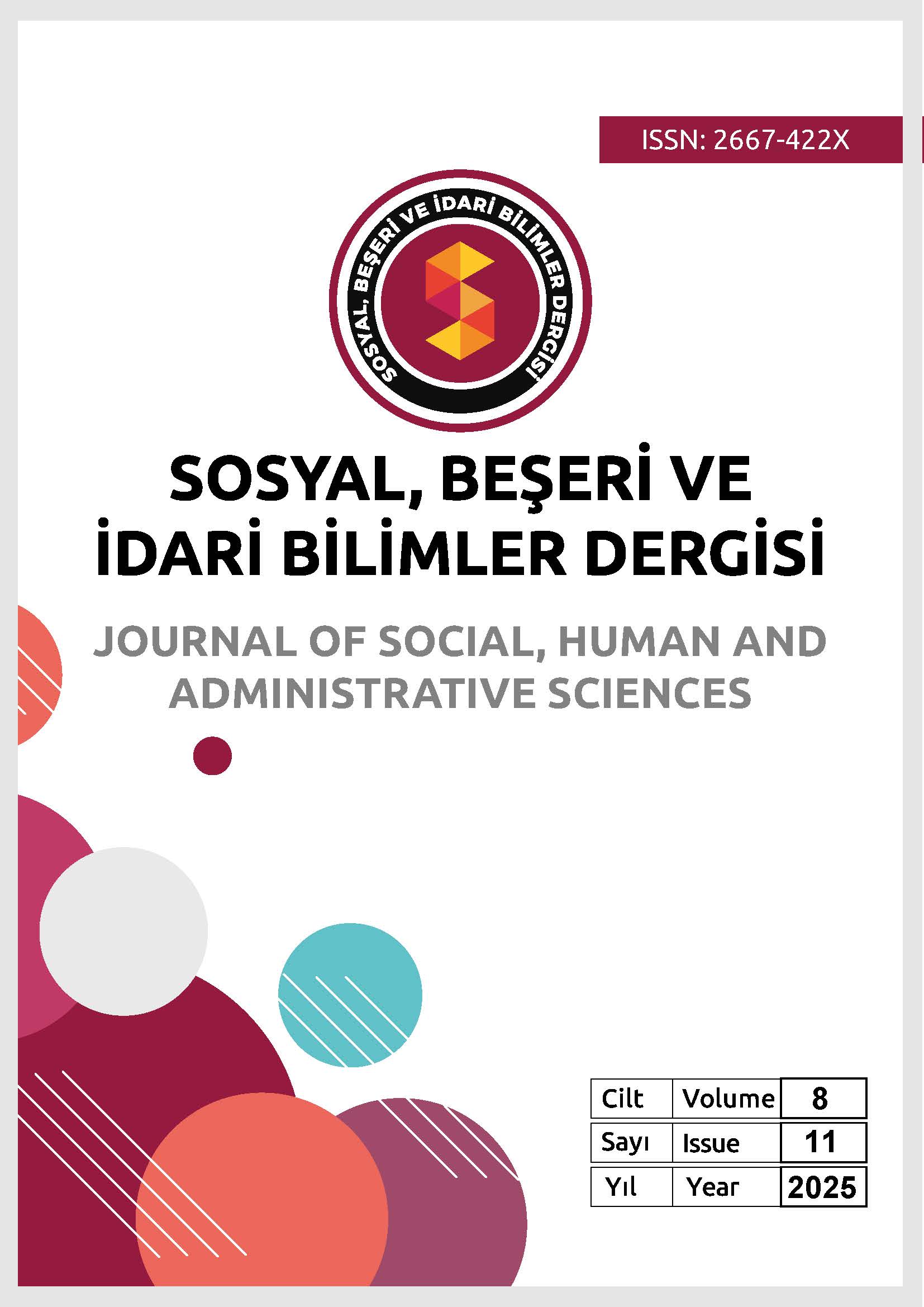Flowers in the Hicri Divan
Main Article Content
Abstract
In classical Turkish poetry aesthetics, flowers are one of the most fundamental and richest motifs
of poetic language and the world of imagination. Poets have incorporated the aesthetic qualities
of flowers into their poetry through realistic observations, but they have deepened these
observations through abstractions, symbols, and literary arts. Especially in the arts of simile and
metaphor, flowers enrich the narrative by concretizing abstract feelings and concepts, creating
powerful images in the reader's mind. In this way, flowers not only add visual beauty to poetry
but also greatly enhance its artistic expressive power. In this context, the Hicri Divan we
examined demonstrates examples of the poet making extensive use of flowers to express his
artistic abilities. The greatest contribution of flowers to divan poetry is the central role they play
in expressing the beauty of the beloved and the theme of love. The most frequently used flowers
in poetry—the rose, tulip, hyacinth, daffodil, violet, lilac, and jasmine—have become
synonymous with different aspects of the beloved's beauty. This study examines how the poet
Hicri, with his poetic skill, uses metaphors shaped in his imagination to create an idealized
portrait of his beloved.
Article Details

This work is licensed under a Creative Commons Attribution 4.0 International License.

